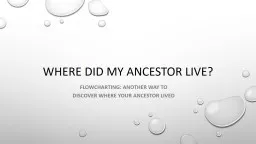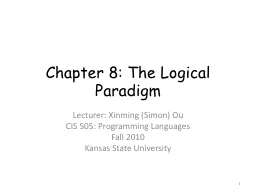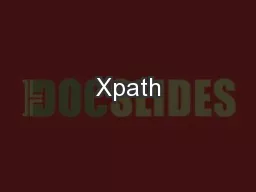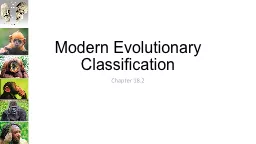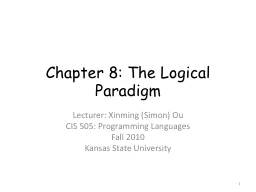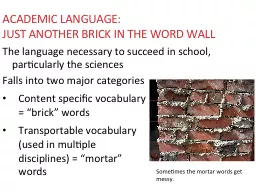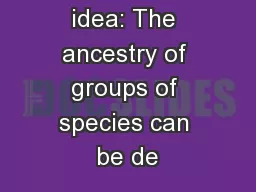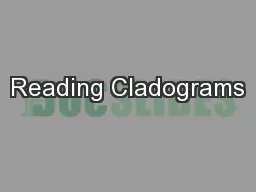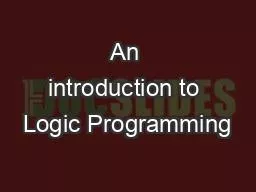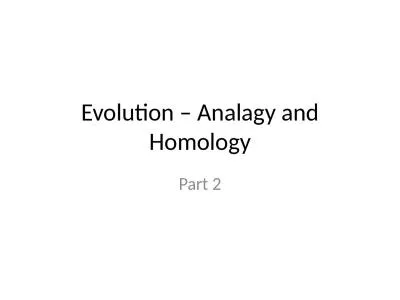PPT-WHERE DID MY ANCESTOR LIVE?
Author : aaron | Published Date : 2017-10-02
Flowcharting another way to discover where your ancestor lived Why was it important to know Once I knew where he lived I could do more in depth research to discover
Presentation Embed Code
Download Presentation
Download Presentation The PPT/PDF document "WHERE DID MY ANCESTOR LIVE?" is the property of its rightful owner. Permission is granted to download and print the materials on this website for personal, non-commercial use only, and to display it on your personal computer provided you do not modify the materials and that you retain all copyright notices contained in the materials. By downloading content from our website, you accept the terms of this agreement.
WHERE DID MY ANCESTOR LIVE?: Transcript
Download Rules Of Document
"WHERE DID MY ANCESTOR LIVE?"The content belongs to its owner. You may download and print it for personal use, without modification, and keep all copyright notices. By downloading, you agree to these terms.
Related Documents

